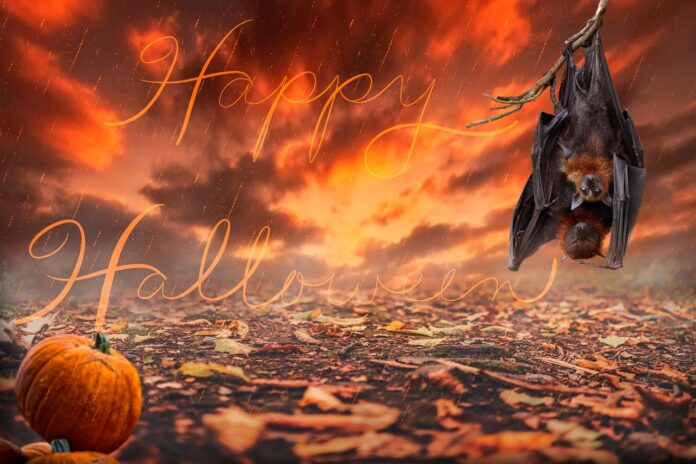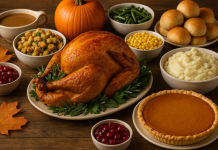Each year on October 31, people across the world transform their homes with pumpkins, costumes, and flickering lights, celebrating a night that connects centuries of folklore and imagination. What began as a Celtic harvest ritual has become one of the most anticipated community events of the modern calendar.
More than two millennia ago, the Celts of Ireland, Scotland, and northern France observed Samhain, the festival marking the start of winter. They believed this transitional night allowed spirits to pass between worlds. Bonfires blazed across the countryside, villagers donned disguises to confuse wandering souls, and food was set aside for ancestors, according to accounts gathered by the Library of Congress and History.com.
Centuries later, early Christian leaders adapted the date for their own observance. During the eighth century, Pope Gregory III established All Saints’ Day on November 1 to honor martyrs and saints. The evening before, known as All Hallows’ Eve, gradually fused with older Celtic customs; by the 1500s, Scots writings shortened the term to “Halloween,” a contraction that endures today, notes Merriam-Webster.
Throughout medieval Europe, families practiced “souling,” offering prayers for the dead in return for small cakes. This charitable exchange evolved over time into the playful trick-or-treating familiar today. When Irish and Scottish immigrants settled in North America during the 1800s, they brought those autumn rituals with them. The expression “trick or treat” first appeared in a Canadian newspaper in 1927 and quickly spread through the United States in the following decade, according to the Smithsonian Magazine.
In early-20th-century America, Halloween often meant pranks and neighborhood chaos. Communities eventually replaced mischief with organized activities for children, and by the 1950s, door-to-door candy collecting became a nationwide pastime. The carved jack-o’-lantern, once a turnip in Ireland, turned into the pumpkin icon of American porches, inspired by the legend of Stingy Jack, National Geographic reports.
Today, Halloween is also big business. The National Retail Federation estimated U.S. spending at more than $10 billion in 2024, covering everything from decorations to pet costumes. Public worries about tainted candy arose in the 1970s, though Snopes confirms that documented poisonings were nonexistent, prompting instead a wave of safety-focused community events.
Celebrations now span continents. Mexico intertwines Halloween with Día de los Muertos, while Japan turns Tokyo’s Shibuya district into a massive costumed street party. Surveys show about 70 percent of Americans plan to join in 2025, and a growing share favor eco-friendly choices such as reusable outfits and LED lighting.
From the bonfires of Samhain to glowing pumpkins on suburban doorsteps, Halloween continues to evolve—part harvest festival, part imaginative escape, and entirely about connection. In every mask, candle, and carved grin, the holiday keeps alive humanity’s enduring fascination with the mysterious and the joyful.
Image is in the public domain and is licensed under the Pixabay Content License.






